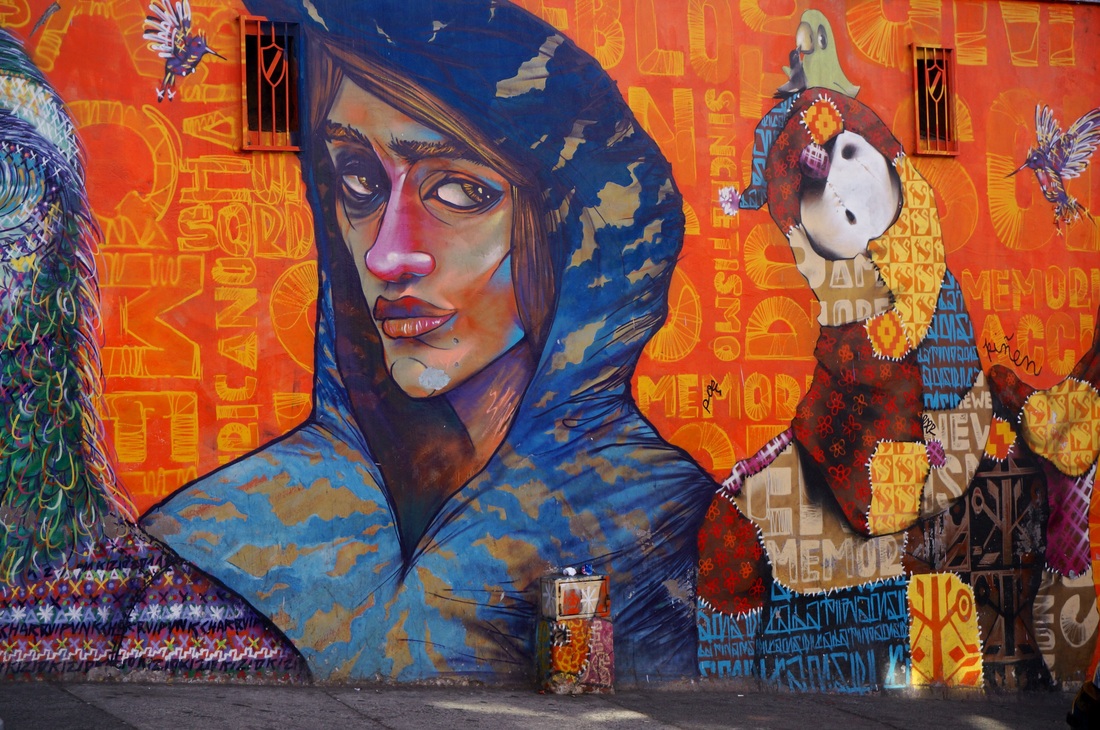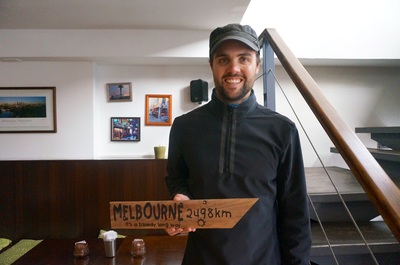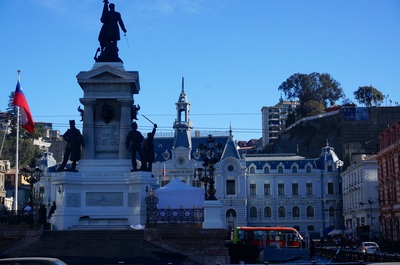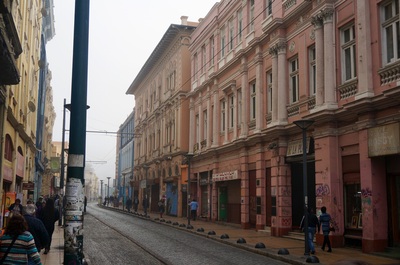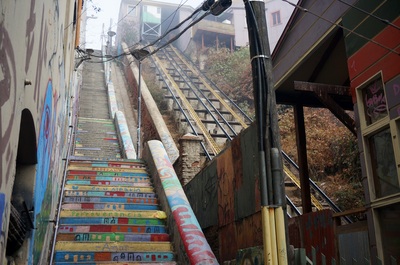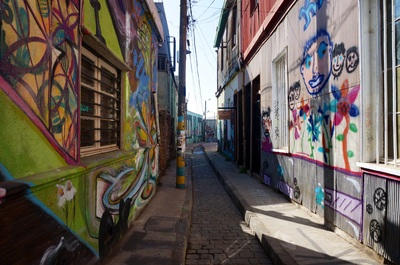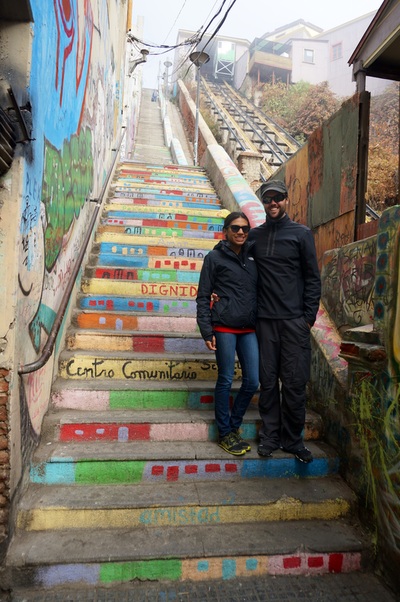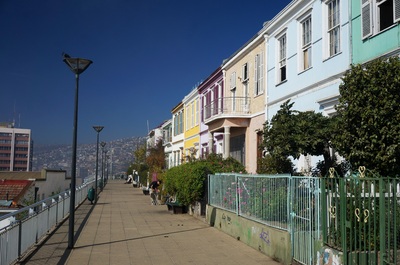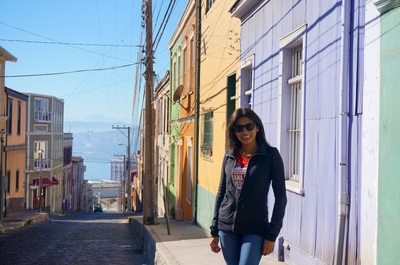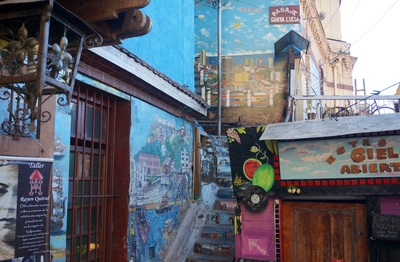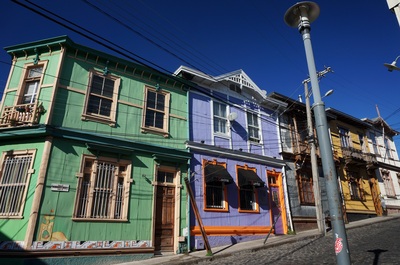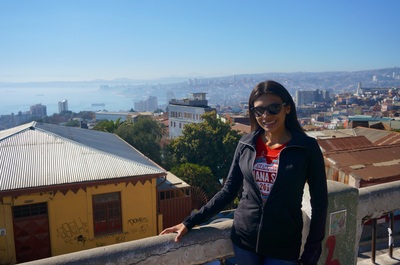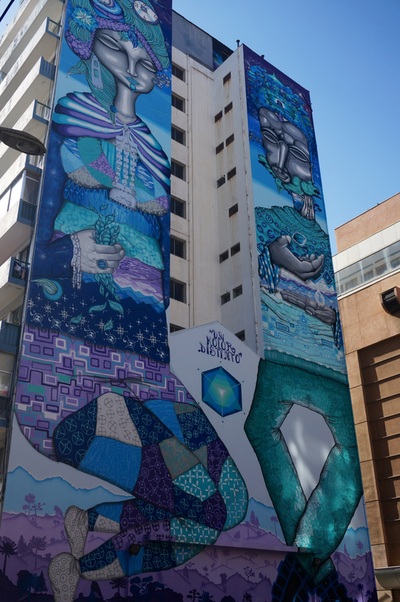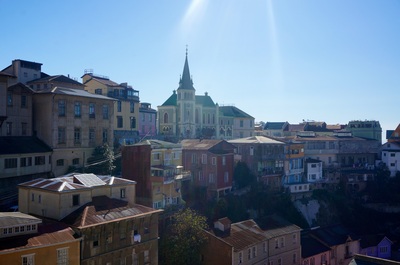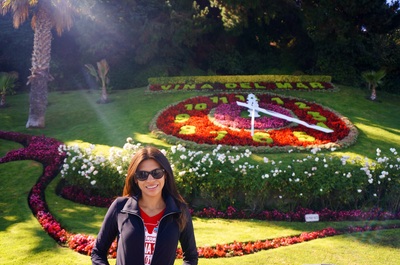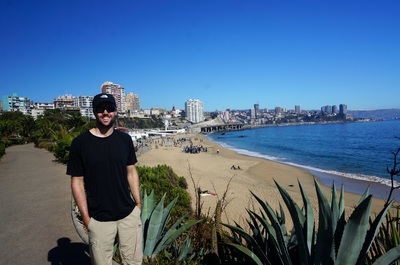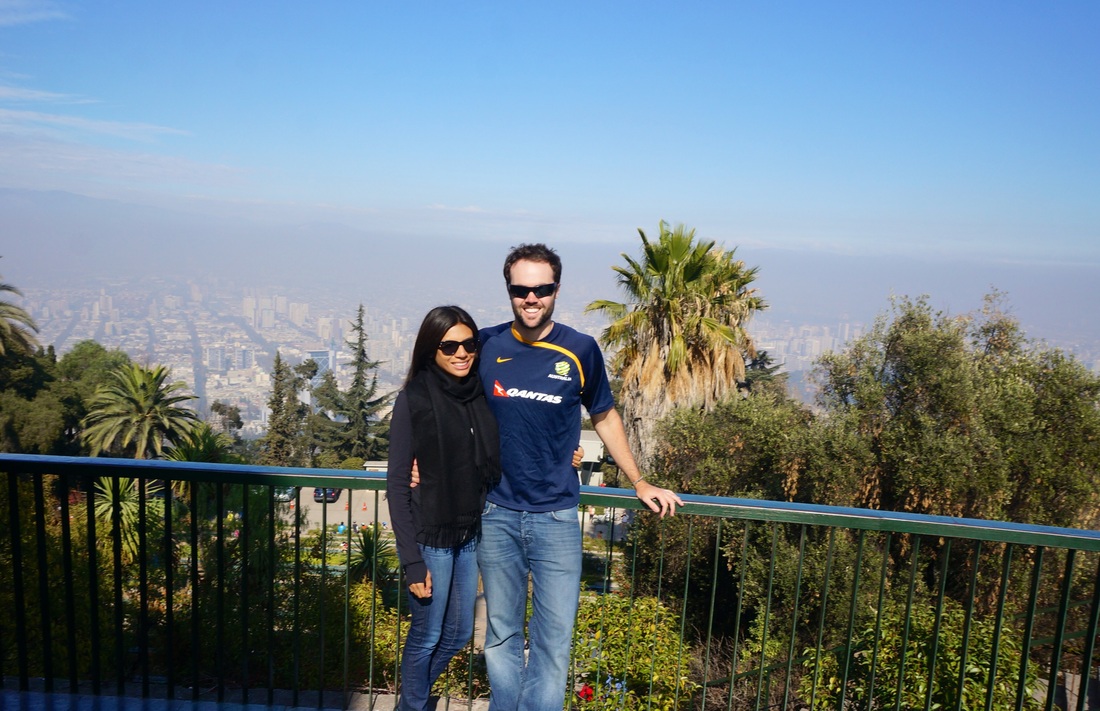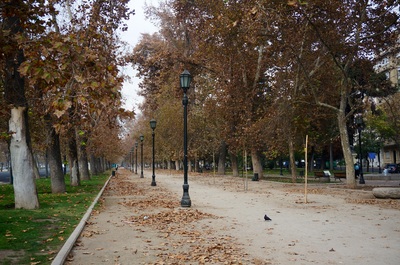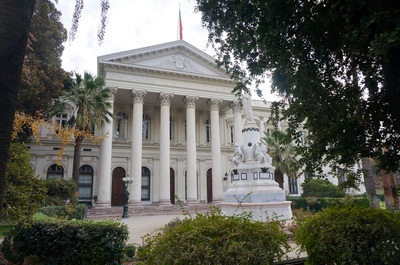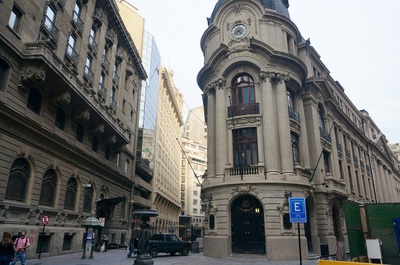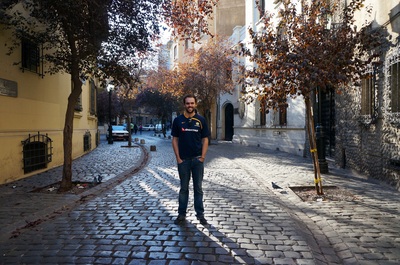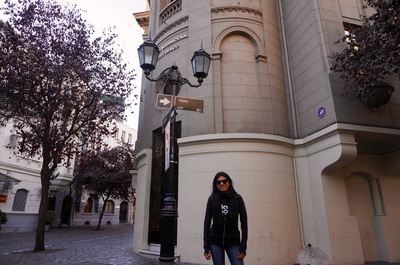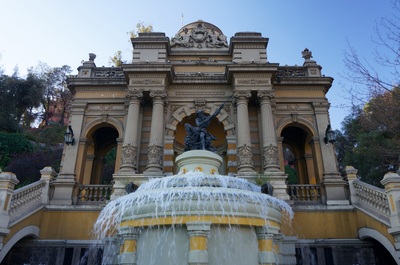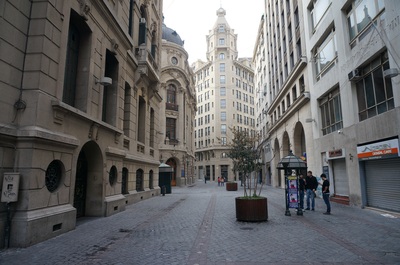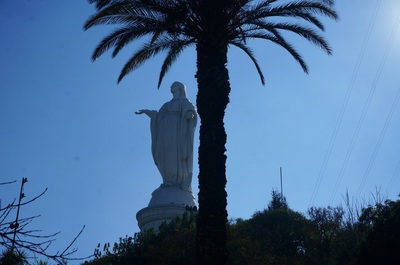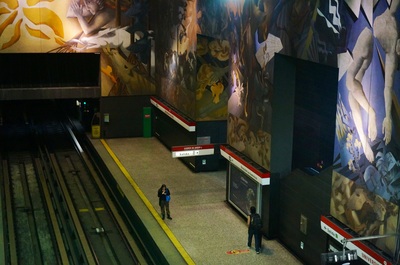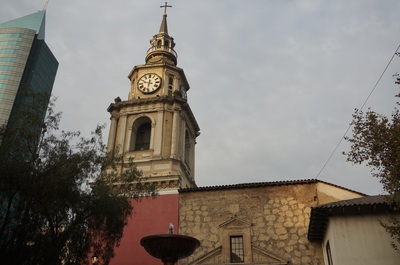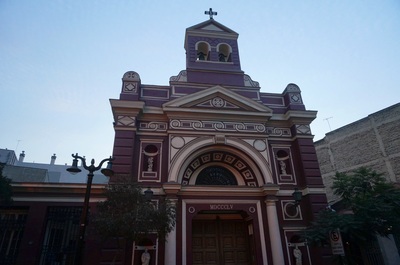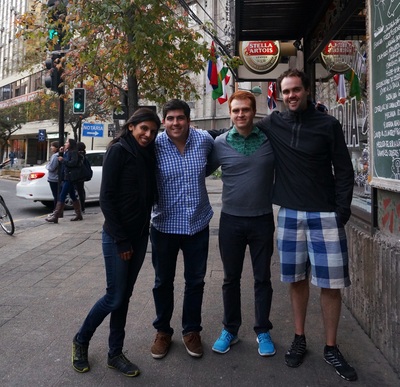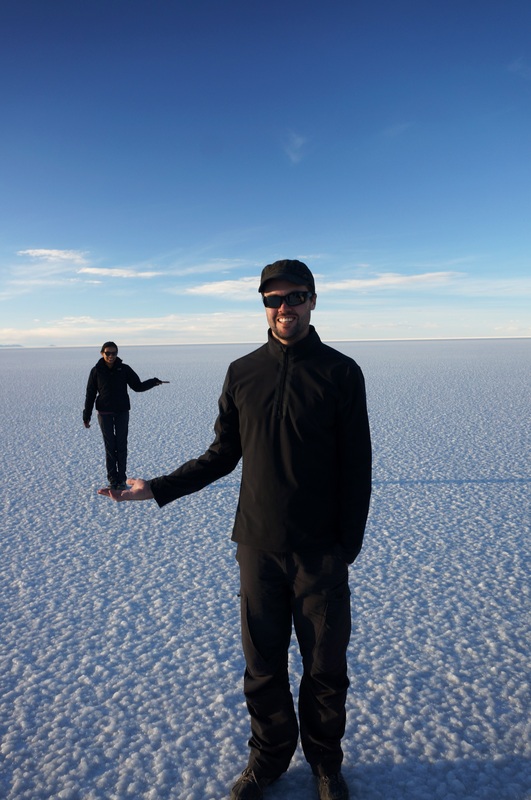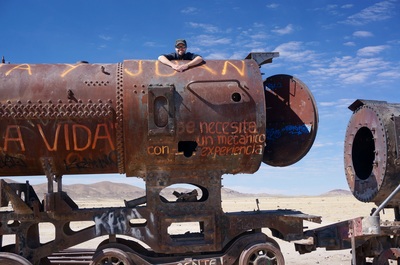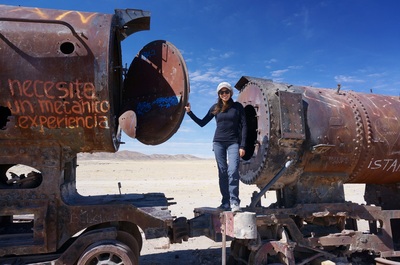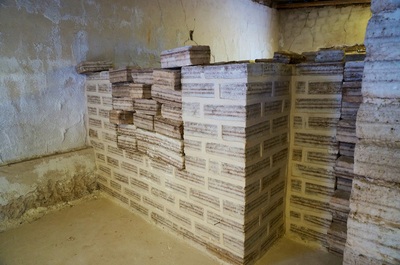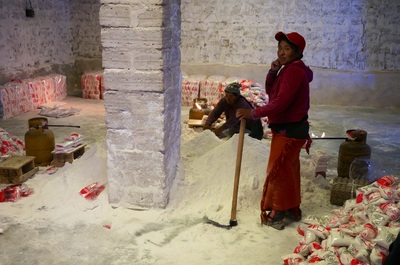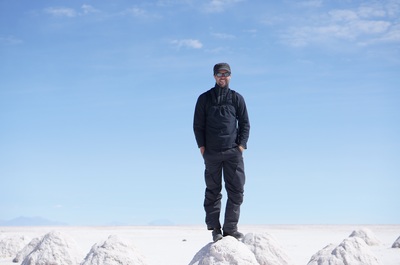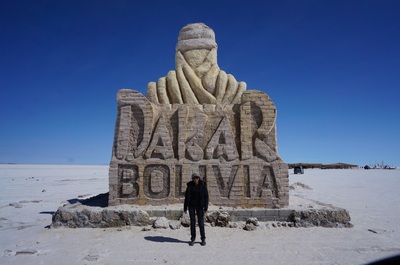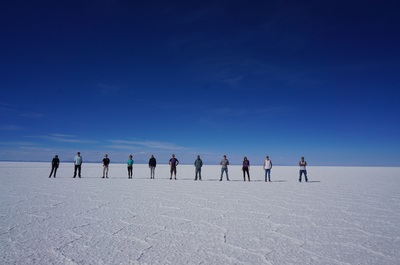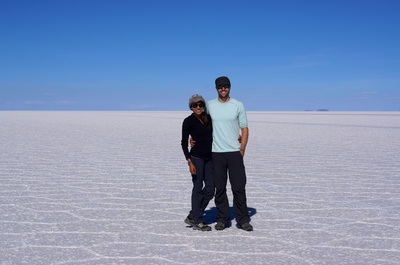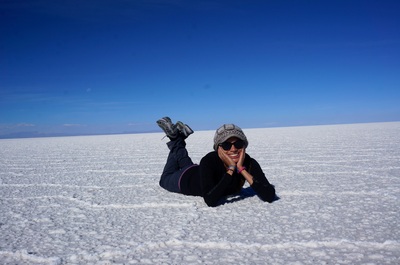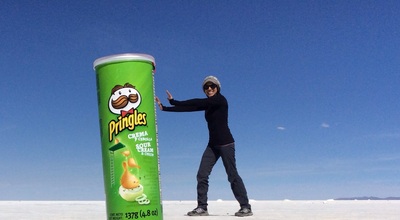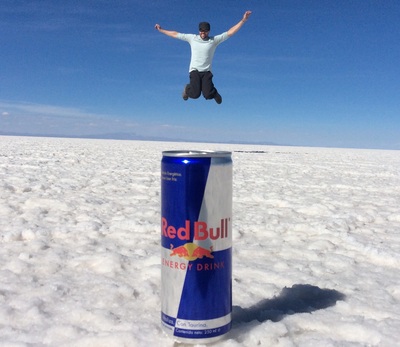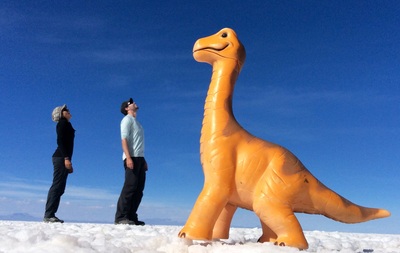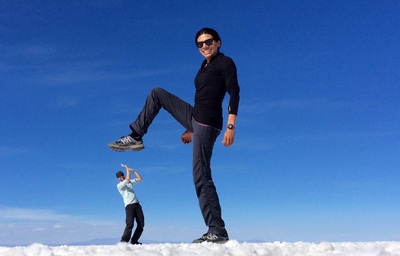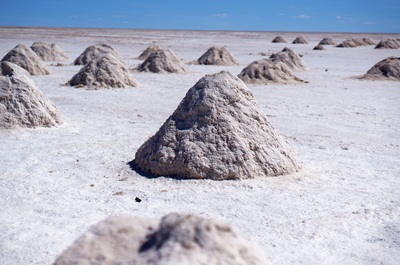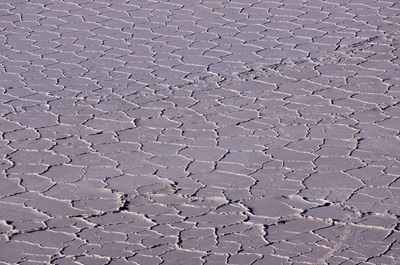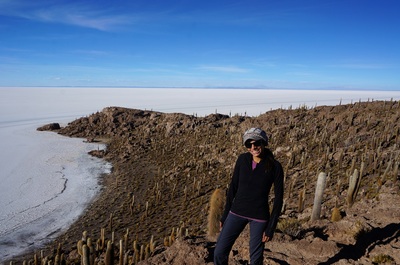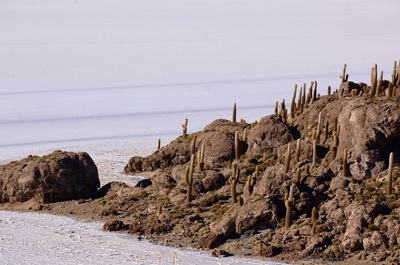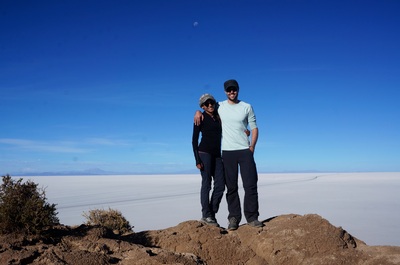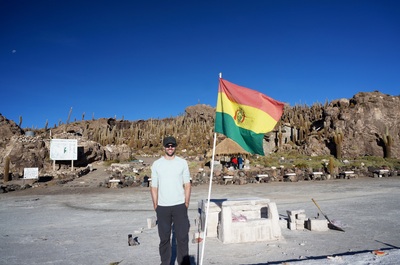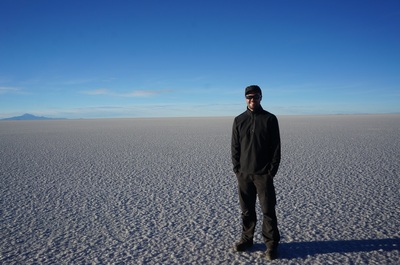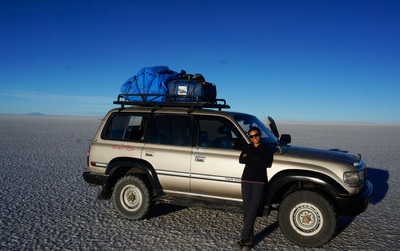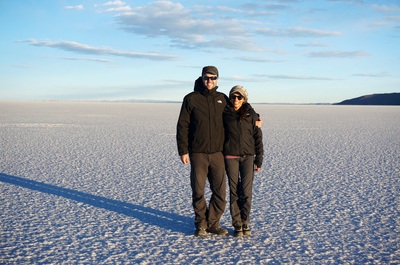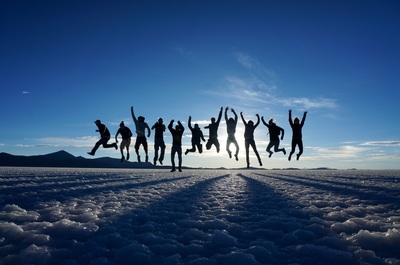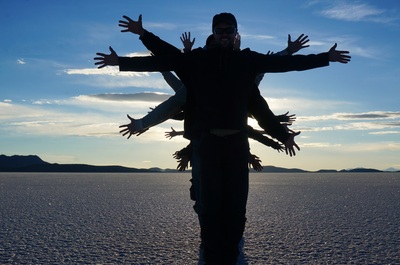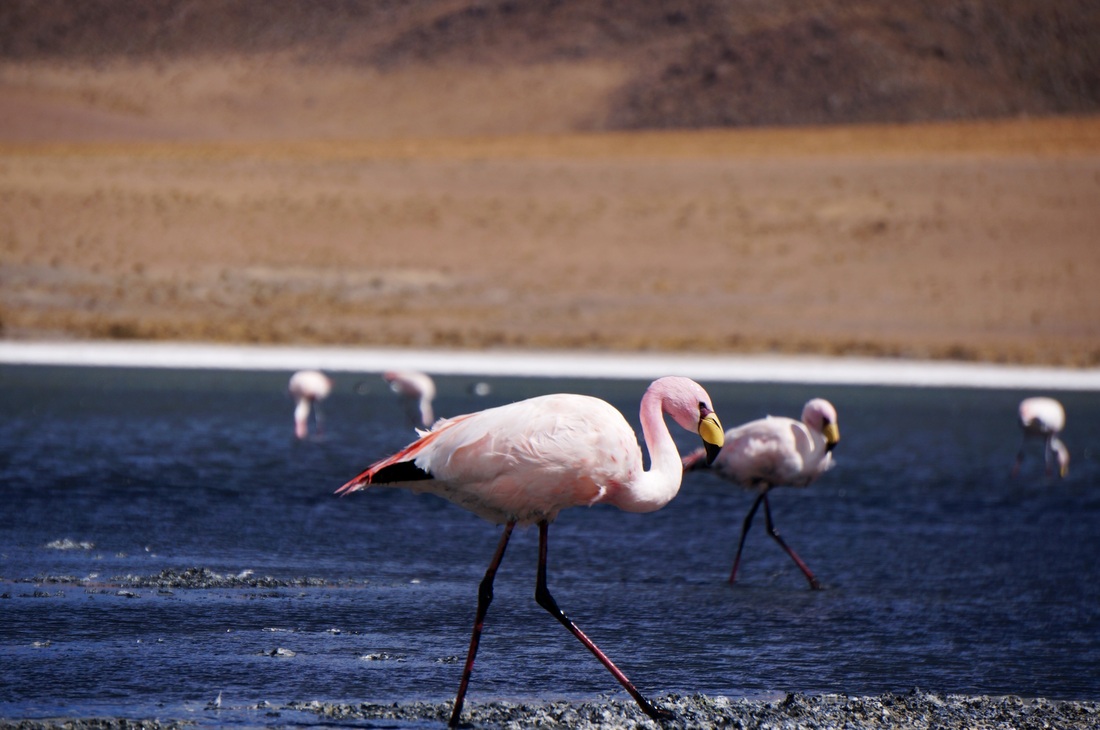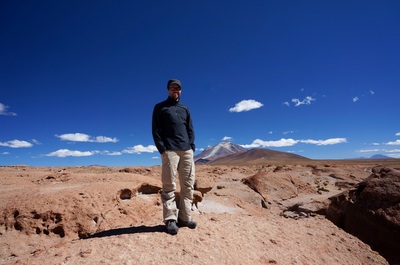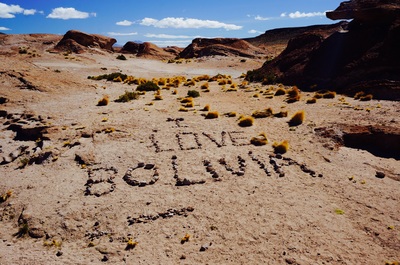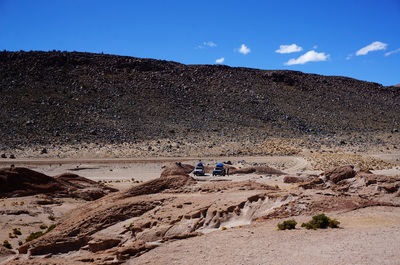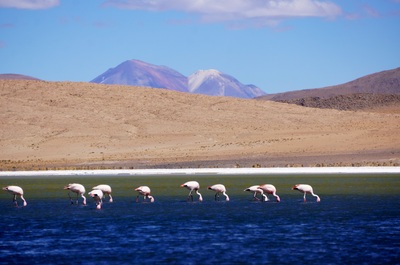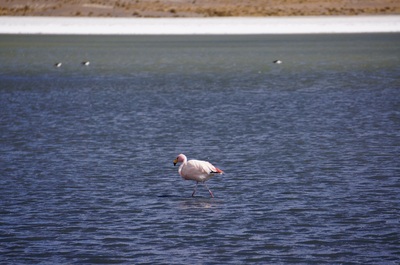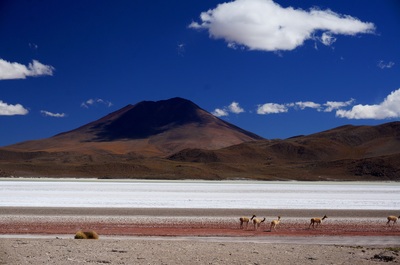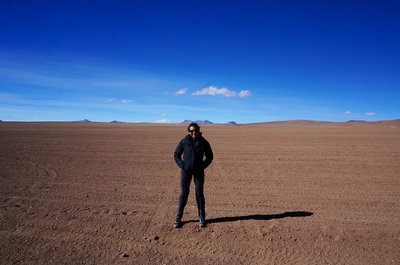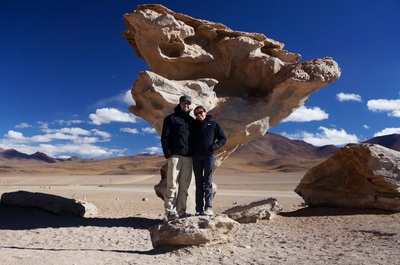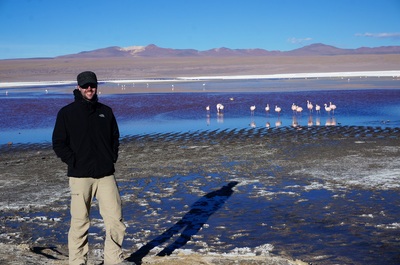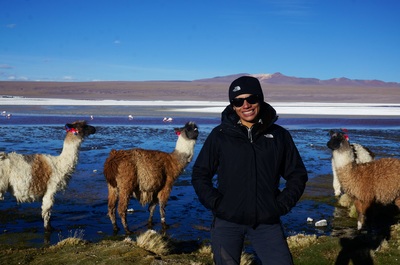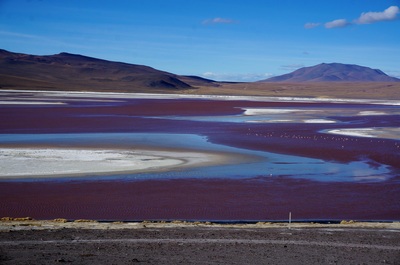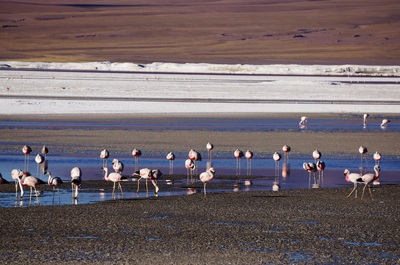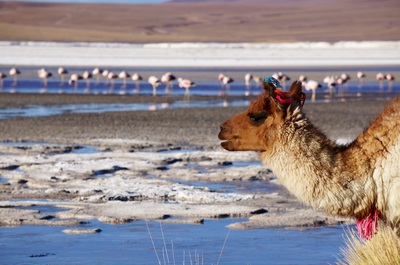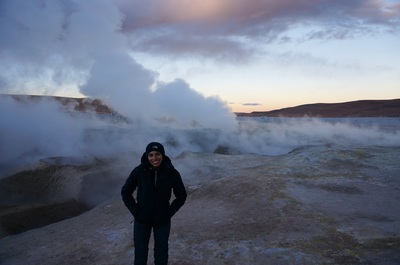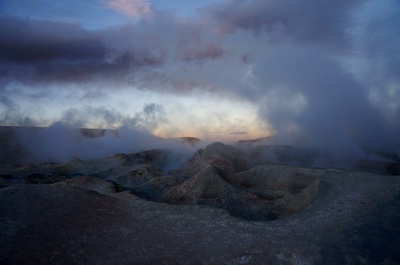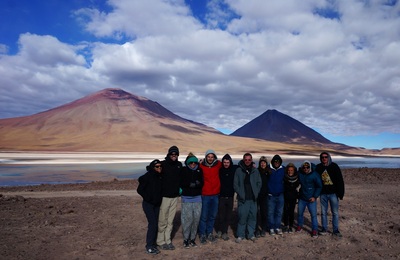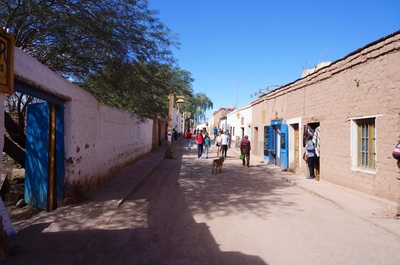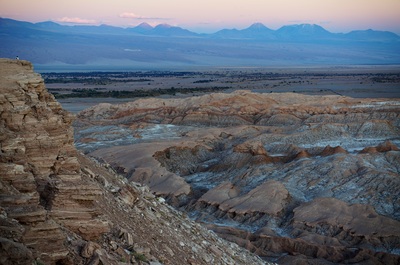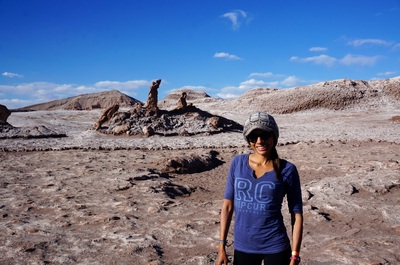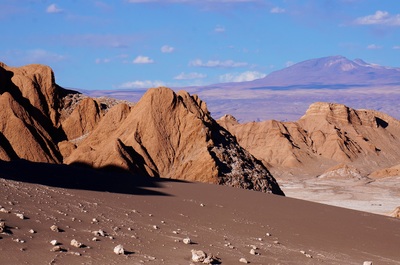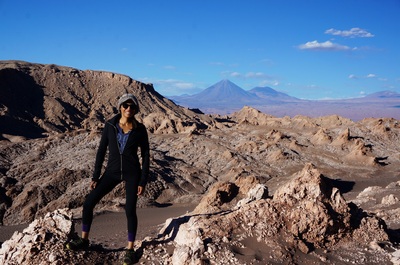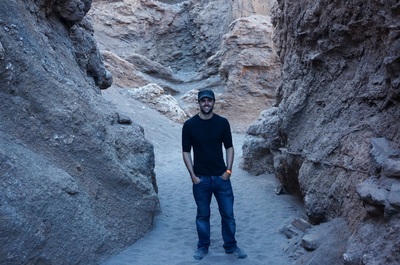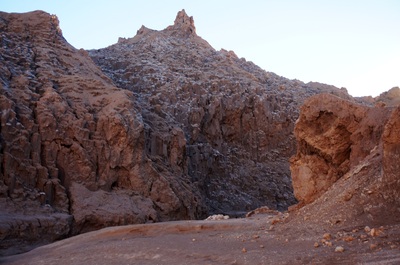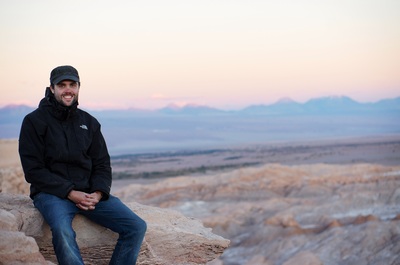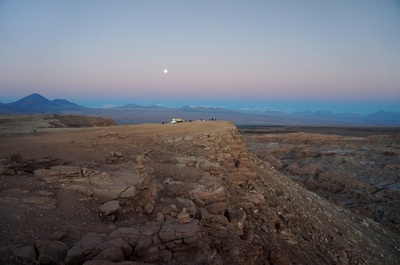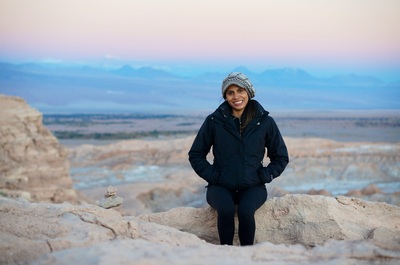After landing at Santiago we caught a bus to Valparaiso. In the late 19th and early 20th century, Valpo (as the locals call it) developed as an important and increasingly affluent port town, although it's prominence quickly diminished following the opening of the Panama Canal. Now Valpo is known as the legislative and cultural capital of Chile.
The city consists of dozens of hills, each forming a separate neighborhood with a unique personality. The common theme is lots of colorful mansions, steep stair cases, street art, narrow alleyways and century old funiculars. This mix has earned Valpo world heritage recognition and somehow complements the city's otherwise gritty (read dirty) feel.
The city consists of dozens of hills, each forming a separate neighborhood with a unique personality. The common theme is lots of colorful mansions, steep stair cases, street art, narrow alleyways and century old funiculars. This mix has earned Valpo world heritage recognition and somehow complements the city's otherwise gritty (read dirty) feel.
The Valpo walking tour came highly recommended, and we found that it was the best way to get our bearings before embarking on our own self-guided walking tours.
For Cindy, one of the highlights of her time in Valpo was the best coffee she'd had since she'd left Melbourne, which appropriately enough came from a cafe called Melbourne that was owned by a Aussie and featured plenty of photos of our former home. We also enjoyed a really nice dinner, complete with a spectacular view of the city, with a Swiss friend we met on our salt flats tour.
While in Valpo we visited its more glitzy (but less interesting) neighbor, Viña del Mar, which features more modern buildings and white sand beaches (but not much else).
For Cindy, one of the highlights of her time in Valpo was the best coffee she'd had since she'd left Melbourne, which appropriately enough came from a cafe called Melbourne that was owned by a Aussie and featured plenty of photos of our former home. We also enjoyed a really nice dinner, complete with a spectacular view of the city, with a Swiss friend we met on our salt flats tour.
While in Valpo we visited its more glitzy (but less interesting) neighbor, Viña del Mar, which features more modern buildings and white sand beaches (but not much else).
Next stop was Santiago, which to be brutally honest was the most disappointing place we've visited so far (even accounting for the fact that we had tried to temper our expectations on advice from other travelers). The postcard scene of a sun kissed metropolis surrounded by snow capped mountains is extremely rare, in large part due to the thick layer of smog that often covers the city. There are some nice old buildings and streets, but they are relatively scarce. It's also not a foodie's paradise, with quality and value generally lacking. It does however host one of the best museums either of us have visited, the Museum of Memory and Human Rights, which reflects on the still very controversial Pinochet era in a tasteful and respectful way.
The highlight of our time in Santiago was enjoying a four-hour lunch with one of Cindy's friends, his brother and his sister-in-law. Another highlight, having spent the previous month in countries not taking part in the World Cup, was seeing that there is a lot of excitement and anticipation in Chile about the Mundial. There's also a fair bit of nervousness as Chile has been drawn in a group featuring not only the two finalists from the 2010 World Cup but also the footballing superpower of Australia. In all seriousness though, the Chileans we met were all very polite about the socceroos, even pretending to be worried that they could cause an upset in Chile's first game.
Given the time of year and Cindy's general dislike of all things cold, we decided not to go further south to Patagonia (which admittedly offers many of Chile's main attractions). Instead we headed across the Andes to Argentina knowing that we'll have to come back to the south of Chile another time.
Given the time of year and Cindy's general dislike of all things cold, we decided not to go further south to Patagonia (which admittedly offers many of Chile's main attractions). Instead we headed across the Andes to Argentina knowing that we'll have to come back to the south of Chile another time.
